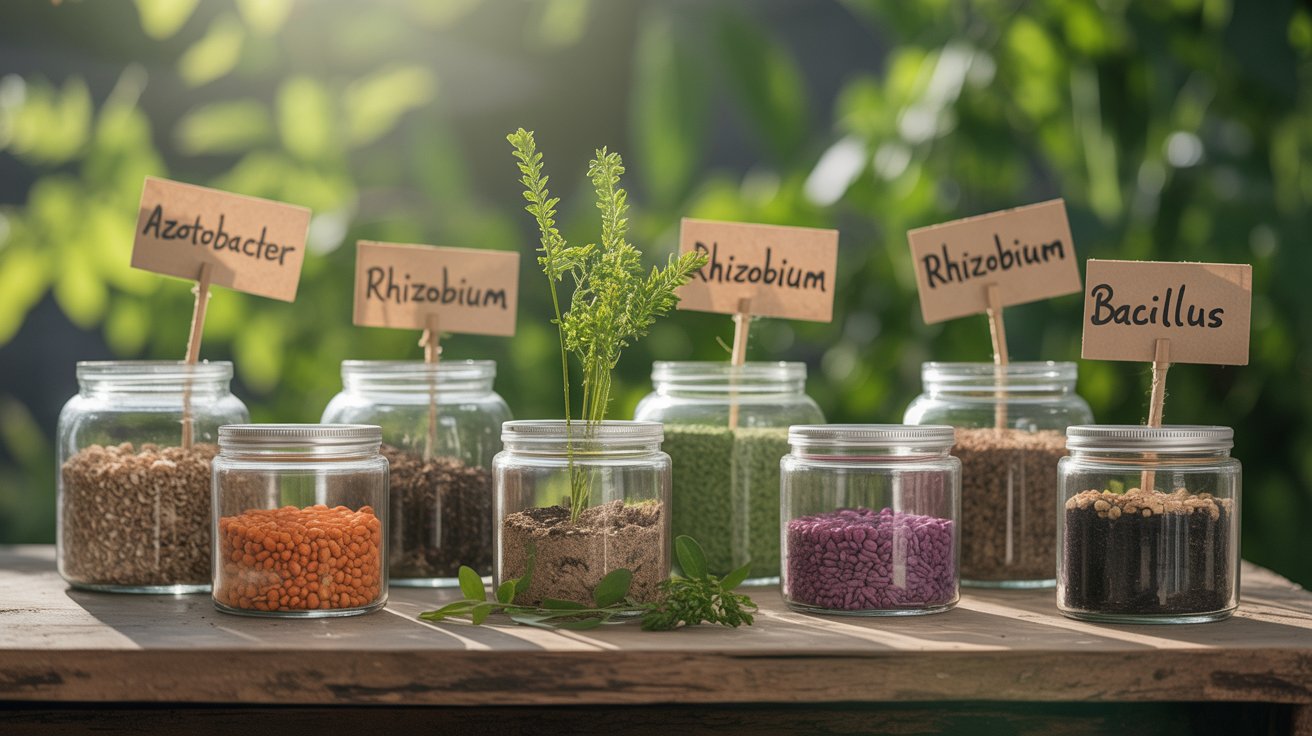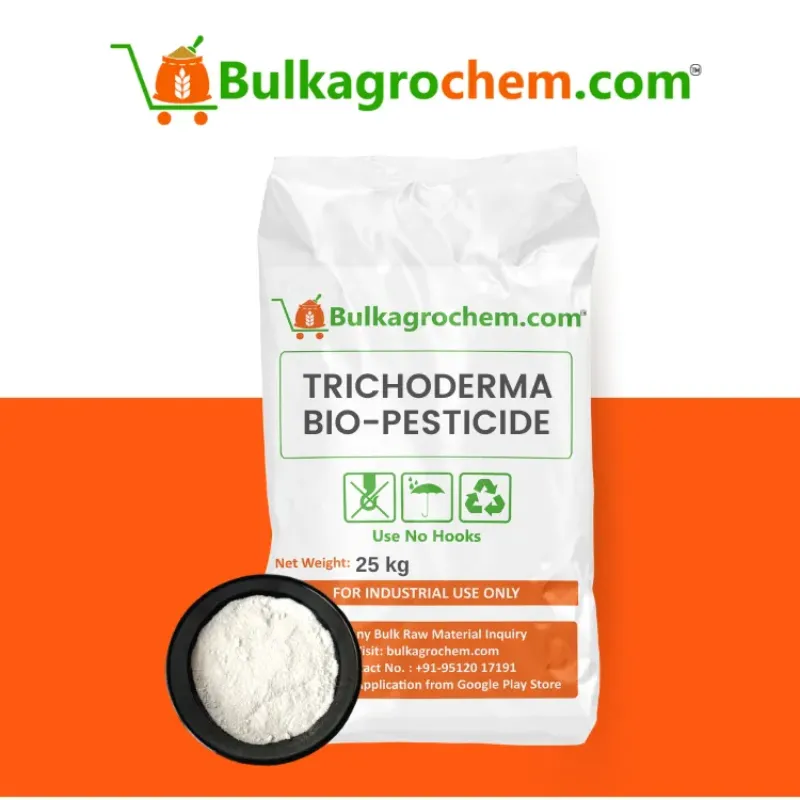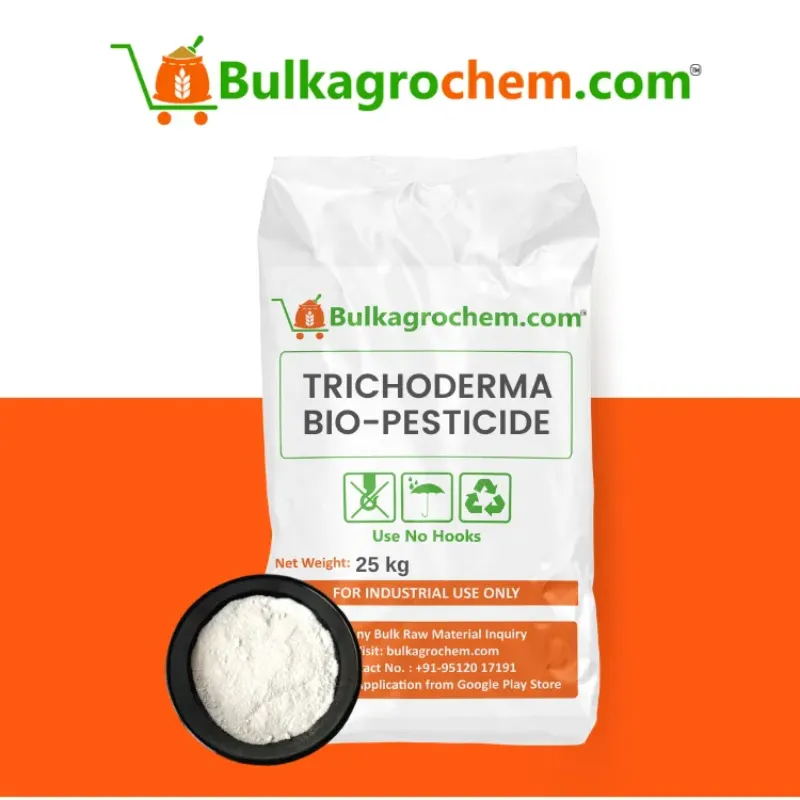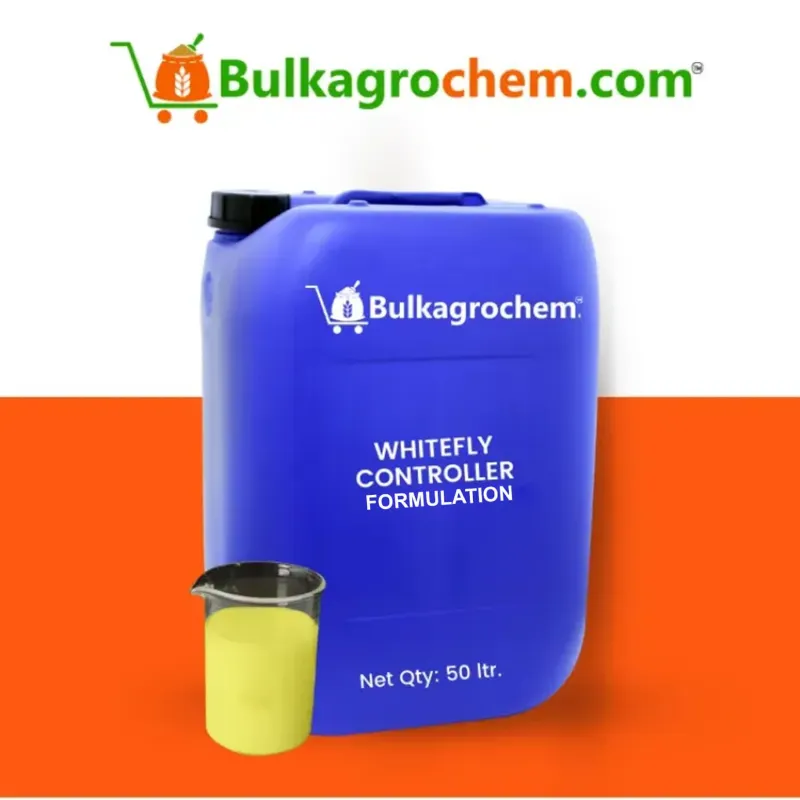Biofertilizer Types are the living partners of soil—microbes that utilize nature's processes to feed crops without synthetics. The biofertilizer types are nitrogen-fixers, phosphate-solubilizers, and potassium-mobilizers are all considered biofertilizers. They all release key nutrients in the root zone by various processes.
With these biofertilizer types, farmers can increase yields, restore organic matter, and reduce carbon from agricultural enterprises—all by one gentle method.
From Rhizobium nodules to mycorrhizal networks, the biofertilizers available today represent a veritable pantry of earth-sustainable solutions for sustainable agriculture.
Introduction: Biofertilizer and Its Types Transforming Agriculture
Biofertilizers consist of living formulations, with populations of bacteria, fungi, and actinomycetes, that mobilize nutrients otherwise in a dormant, unavailable state in the aerial and terrestrial landscape. Rather than saturating plants the same as chemical salts have for millennia, these micro-partners are "farming the soil" at a microscopic scale just at the right time; delivering nitrogen, phosphorus, potassium, sulphur, and trace elements when roots need them and not before. The categories of biofertilizers include:
- Nitrogen-fixers (e.g., Rhizobium, Azotobacter, Azospirillum)
- Phosphate-solubilizers (e.g., Pseudomonas, Bacillus megaterium)
- Potassium mobilizers (e.g., Bacillus mucilaginosus, Frateuria)
- Sulfur-oxidizers & micronutrient solubilizers
- Multi-species and general-purpose inoculants (PGPR consortia, mycorrhizal fungi)
This "toolbox of biofertilizers" is a complete and renewable nutrient source for agriculture.
Why Biofertilizers Matter Soil health & climate resilience
- Rebuild organic matter: Soil microbes decompose crop residues to humus, adding organic carbon at the rate of 0.1 - 0.3 % per year.
- Increase biodiversity: Beneficial bacteria will outcompete for space and resources with the pathogens, effectively lowering disease pressure without the use of fungicides.
- Improve water dynamics: The fungi hyphae and microbial secretion cultivate stable soil aggregates that store 15 - 20 % more moisture — increasing available soil moisture, wetting front and return on profile storage at critical times in periods of water deficit.
- Reduce emissions: Using 25 % biological N fixation in place of synthetic N can be an effective mitigation to reduce nitrous oxide emissions by up to 40 kg CO₂-eq ha⁻¹ season⁻¹.
- Increase root resilience: Mycorrhizae inoculated plants have better phosphorus uptake and maintain photosynthesis under heat stress providing a safeguard to yield when they experience climate shocks.
The Shift from Chemicals to Biofertilizers in Organic Farming
- Cost & Input Savings: One litre of concentrated inoculant (approximately ₹300-₹500) can compensate for all 40-50 kg of urea (approximately ₹1,000+) and cut fertilization costs and diesel fuel usage and sprays through multiple applications.
- Certification & Market Premiums: Organic standards around the world prefer (or mandate) various biofertilizer classes instead of synthetic NPK. Certified producers earn 15-30 percent higher farm-gate prices.
- Field-tested Performance: Cereal and wet and dry vegetable results from multi-year investigations claim 8-20 percent yield increases when 30 percent chemical Fertiliser is replaced with biofertilizers based on balanced nutrition and improved soil biota.
- Step-wise Transition Plan
- Year 1: inoculate seeds and apply 20 percent less chemical N.
- Year 2: add M-P-K solubilizers and reduce chemical P/K by 25 percent.
- Year 3: use full PGPR consortia and compost and coincidentally reduce synthetics by >50 percent.
By adopting novel biofertilizer classes and organic management practices in a step-wise fashion, and through informed agronomic practices, farmers can step off the high-input treadmill, restore their soils, and ensure their livelihoods in a changing climate.
The Main Categories: Different Types of Biofertilizer and Their Benefits
Biofertilizers exhibit specialized types—each bolstered by distinct microbes—that provide specific nutrition, protect the environment, and improve yield. Knowing the Biofertilizer Types will help growers pair the correct inoculant with crop and soil needs for maximum return.
Nitrogen-Fixing Biofertilizer Types (Rhizobium, Azotobacter, Azospirillum)
These "flagship" agents in biofertilizer and its types take atmospheric nitrogen (N₂) and reduce it to ammonium useful to the plant at the root zone.
- Rhizobium colonizes the root zone of legumes and forms nodules that provide replacements of up to 40–60 kg N ha⁻¹ of urea.
- Azotobacter and Azospirillum colonize cereals and vegetables, and improve chlorophyll content per leaf area and early crop vigour and grain protein without adding synthetic N.
Phosphate-Solubilizing Biofertilizer Types (Pseudomonas, Bacillus megaterium)
These strain designations are key among the several biofertilizer types; they exude organic acids that mobilize bound phosphorus (P.) from residual fertilizers and microbially-locked soil minerals.
Farmers report better root growth of 10–15% and less reliance on expensive rock-phosphate inputs with stronger stems, after only one season's use.
Potassium-Mobilizing Biofertilizer Types (Bacillus mucilaginosus, Frateuria)
These microbes exhibit potassium (K) mobilizing abilities by secreting enzymes which decompose silicate minerals, freeing K that is paramount for water balance and fruit quality.
Fields treated with K mobilizer biofertilizers maintain higher leaf turgor under drought stress, achieving up to 12% yield stability compared to chemical-only plots.
Sulfur-Oxidizing & Other Emerging Biofertilizer Types
- Thiobacillus oxidation of elemental sulfur into sulfate increases oilseed protein and improves onion flavour.
- New zinc- and silica-solubilizing bacteria correct hidden hunger of micronutrients demonstrating the biofertilizer innovation pipeline has barely begun.
Microbial Inoculants: Broad-Spectrum Biofertilizers
Multi-strain blends connect fungal hyphae ("living root extensions") rejuvenate natural hormones reducing transplant shock, increases nutrient uptake and inhibit soil-borne pathogens.
These consortia are an all-in-one biofertilizer Types for regenerative agriculture systems that work across crops and climates and would be considered as a tool for climate-smart agriculture.
Nitrogen-Fixing Biofertilizer Types: Boosting Plant Growth Naturally
Nitrogen fixers are among various forms of biofertilizer, meaning they convert free atmospheric N₂ into plant-friendly food, reducing urea bills and greening fields in an environmentally-friendly way.
Legume Symbiosis with Rhizobium
In this classic case of biofertilizer and its types, Rhizobium is able to enter legume root hairs and form pink nodules that pump 40–60 kg N ha⁻¹ into chickpeas, soybeans, and peas!
Then, after harvest the nodules will decompose and leave a “nitrogen credit” to nourish the next crop—demonstrating that live biofertilizers can build long-term soil fertility.
Free-Living Fixers: Azotobacter & Azospirillum
These wandering bacteria invade the rhizosphere of cereals, vegetables, and sugarcane and do not form nodules. These bacteria release a continuing trickle of ammonium and growth hormones (IAA, GA).
The trials demonstrate 8–15 % increases in yield and greater grain protein, when they, on average, replaced 25 % of synthetic N—his data shows the relative power of non-symbiotic Biofertilizer Types.
On-Farm Application Tips for These Biofertilizers
- Seed coat: Combine 5 ml of the inoculant kg⁻¹ of seed with jaggery solution, shade dry twenty minutes, then sow for immediacy of root colonisation.
- Soil drench/drip: Dilute 2 L of the inoculant into 100 L water per acre at fifteen to twenty DAS, with a reapplication at early flowering to provide a second microbial boost.
- Compatibility: This inoculant does not like tank-mixing with copper fungicides or fertilisers high in salts; also, maintain the solution pH to 6.0–7.5 to protect the live cells from the pH levels.
- Storage: Surely keep sealed packages at 15–25 °C, and use them within 9–12 months; and finally, shake well—the reactivated microbes will be at peak field performance.
Employing these nitrogen specialists, from the start, exploits the true potential of biofertilizer Types, and opens the pathway to an eventual full transition into microbial nutrient across the farm.
Phosphate-Solubilizing Biofertilizer Types: Enhancing Soil Fertility
Of all biofertilizer and its variants, phosphate-solubilizers specifically Pseudomonas and Bacillus megaterium, will unlock the 80 % of soil phosphorus that is considered locked up, and then converts that locked P to available root fuel for immediate use.
Mechanisms of Phosphorus Mobilization
- Organic-acid secretion: Gluconic acids, citric acids, and lactic acids dissolved calcium-, iron-, and aluminum-bound phosphate which became available for uptake.
- Enzyme release (Phytase & Phosphatase): Break down organic P compounds in crop residues and recycle nutrients that otherwise would remain unused.
- Chelation & Proton extrusion: Microbes chelate metal ions and acidify rhizophere pH level, aiding P solubility—illustrating how diverse types of biofertilizer can work together to complement root chemistry.
Crop Response & Yield Gains
- Root architecture: Treated wheat and rice crops grow fine roots as much as 25 % longer, increasing the uptake of water and nutrients.
- Higher tiller and pod counts: Field trials showed greater grain yields of 8-15 % and earlier vegetable flowering after a single season of use.
- Reduced chemical P costs: Farmers were able to reduce rock-phosphate or DAP purchases by 20-30 %, demonstrating that these biofertilizers pay for themselves and save others from loading water with phosphorus.
Using phosphate-solubilizers with other Types of Biofertilizer is full circle; showing that living or renewable products can outperform synthetic ones and that future generations can be confident in soil fertility.
Potassium-Mobilizing Biofertilizer Types: Optimizing Nutrient Uptake
While nitrogen and phosphorus grab most of the attention, as much as 90 % of soil potassium (K) resides within silicate minerals. The specialized K-solubilizing Biofertilizer Types (the most notable of which are Bacillus mucilaginosus and Frateuria aurantia) release these locked K reserves, allowing crops to express turgor, flavour, and drought resistance not matched by KCl chemical muriate of potash.
Potassium Solubilization Process
- Organic-acid secretion: The secretion of organic acids, such as citric and oxalic acids, etch K-bearing feldspars and micas minerology, releasing K⁺ into the soil solution.
- Polysaccharide weathering: Sticky biofilms adhere to minerals and drive micro-fracturing and nutrient release.
- Enzymatic chelation & protons pump: The microbes trade H⁺ for K⁺ ions in clay lattices, illustrating how the different manure types of biofertilizer work synergistically with different root exudates to solubilize tough nutrients.
Integrating K-Mobilizers with Compost & Manure
- Synergistic combination: Apply 1 L of K-mobilizer inoculant per tonne of compost; the organic acids formed while the compost is decomposing fast-track microbial weathering.
- Field dressing: Pre-season broadcast apply 2–3 t ha⁻¹ of mature compost to the field, then fertigate with 2 L ha⁻¹ of inoculant to stimulate a secondary potassium pulse at early flowering.
- Balanced nutrition: In tandem, compost's slow-release K and live biofertilizers maintain leaf K tissue levels between the recommended 1.7–2.2 % K, during heat stress, demonstrating that a biofertilizer and its types can do better than potash salts while enhancing soil carbon.
When farmers utilize K-mobilizers alongside organic amendments, the potassium loop can be closed, input expenses reduced, and they have the trifecta of renewable N-P-K nutrition sourced from Types of living biofertilizers.
The Role of Microbial Inoculants (PGPB) Among Different Types of Biofertilizer
PGPB consortia combine nitrogen fixers, phosphate solubilizers, and potassium mobilizers in one brew—closing the gaps between different types of biofertilizer while providing a season-long nutrition program.
They exert dense biofilm growth for roots supporting enhanced pathogen resistance along with synergistic enzymes that will accelerate compost mineralization, allowing the crop to access every ounce of nutrient that exists in the soil.
Hormone Production & Stress Tolerance
Live inoculants produce indole-3-acetic acid (IAA), gibberellins, and cytokinins promoting expanded root architecture, stimulating early flowering, and improved grain fill.
They continually increase ACC-deaminase, reducing ethylene build up under drought and salinity and increasing yields 10-20% over chemical only regimes—proof that premium Biofertilizer Types could lessen the impact of climate extremes.
Bio-Probiotics for Plants
- As probiotics work with human gut microbiomes, PGPB's help stabilize the plant rhizosphere microbiome by out-competing wilts, rots, and damping-off pathogens without usage of synthetic fungicides.
- Field trials highlighted continuously inoculated tomatoes and chillies required 25% less pesticide spray with brighter colour and longer shelf stability with higher Brix—clear economic wins galvanizing farmers for living biofertilizers.
Collaborating these ecology powerful microbe inoculants with specific nutritional unlocking inoculants finalize the circle of sustainable nutritional practice demonstrating that proper use of all Biofertilizer Types has a potential to produce an outcome greater than synthetic inputs and is able to regenerate soil quality for future generations.
Environmental & Economic Advantages of Biofertilizers
Switching to living inputs provides both ecological benefits and strong profits—not just more evidence that every farm can be successful with biofertilizer and biofertilizer types as opposed to chemicals.
Reduced Input Costs & Chemical Run-off
When using Biofertilizer Types, farmers can reduce 20-40 percent of synthetic NPK purchases, which is savings right to the bottom line.
With live inoculants providing nutrient release, there is less leachate loss and pesticide residues; even trials indicate that there is 30 % less nitrate run-off compared to chemical only plots.
Less salt build-up means lower soil remediation costs. Another reason farmers return to using biofertilizer and biofertilizer types year after year.
Improving Carbon Balance in Farming
Microbial action increases soil organic carbon by 0.1–0.3 % year after year, sequestering CO₂, while providing structure and water holding capacity.
Reducing synthetic N by only 25 % using biofertilisers can achieve nitrous-oxide emission reductions of as much as 40 kg CO₂-eq ha⁻¹ per cropping cycle.
Healthier soils rely on less tractor traffic for remediation, reducing how much diesel is consumed and a smaller carbon footprint for the farm—no brainer climate benefits from using smart biofertilizer Types.
How to Choose the Right Biofertilizer Types for Your Crops
Smart decisions begin with evaluating the field's existing conditions, product quality, and the way that the many types of biofertilizer can play together for season long nutrition.
Matching Crop, Soil, and Climate
Legumes growing in light, alkaline soils like having Rhizobium plus phosphate-solubilizers, while rice growing on heavy clays need Azospirillum and potassium-mobilizers to compensate for floods and K lock-up.
In arid regions, use drought-resistant Bacillus blends, whereas, in cooler, acidic hills you would want Pseudomonas strains better suited to low temperatures - thus proving the better biofertilizer to use and its types is location-specific.
Viable Cell Count & Carrier Quality Checks
You want at least ≥10⁸ CFU mL⁻¹ on the label and ask manufacturers for fresh manufacture dates; dead cells mean a dead investment, regardless of the quality of the strain.
Always examine the carriers (peat, lignite, liquid broth) for uniform, texture, neutral pH (6.5-7.5) and no foul smell; these simple inspections will distinguish genuine biofertilizers from cheap and poor imitations.
Integrated Use of Multiple Biofertilizer Types
You coat seed with nitrogen-fixers, fertigate phosphate and potassium-solubilizers at vegetative growth stage, and finally apply broad-spectrum PGPB at flowering stage so that you apply all 3 types in line with the season-long efficiency of biofertilizers.
Field trials show that stacking methods of use of complementary Biofertilizer Types raises yields 12-20 % compared with the use of single-strain products, while still reducing synthetic inputs of NPK by one-third, thus illustrating that the true weapon of modern biofertility is synergy.
FAQs on Biofertilizer Types
Q1. What distinguishes nitrogen-fixing from phosphate-solubilizing biofertilizer types?
Nitrogen-fixers (Rhizobium, Azotobacter, Azospirillum) convert atmospheric N₂ into plant-usable ammonium, whereas phosphate-solubilizers (Pseudomonas, Bacillus megaterium) secrete acids and enzymes that unlock soil-bound P—two very different but complementary biofertilizer types that can be used together.
Q2. Can I combine several biofertilizer types in one application?
Yes—stacking different types of biofertilizer (e.g., N-fixers, P-solubilizers, K-mobilizers) in seed coats or fertigation lines delivers season-long nutrition and often outperforms single-strain products.
Q3. How soon can I expect yield improvements with biofertilizers?
Visible root and leaf vigour usually appears 10–15 days after application, while harvest data show 8–20 % yield gains within the first season when high-quality biofertilizers replace at least 25 % of synthetic NPK.
Q4. Are biofertilizers suitable for hydroponics?
Certain liquid consortia of Plant-Growth-Promoting Bacteria (PGPB) work well in hydroponic nutrient films, colonising root zones and improving nutrient uptake without clogging emitters—just ensure the formulation is labeled for soilless use.
Q5. Do biofertilizers replace NPK completely?
They can cut chemical NPK by 30–60 %, but full replacement usually requires additional organic amendments (compost, manure) plus precise crop monitoring; think of biofertilizer and its types as the living core of an integrated nutrient plan.
Q6.How do I store biofertilizers to keep microbes viable?
Keep sealed packs at 15–25 °C, out of direct sunlight; liquid products should show ≥10⁸ CFU mL⁻¹ at purchase and remain viable for 9–12 months if shaken gently before use.
Q7.Is over-application of biofertilizer types harmful?
Excess inoculant rarely injures crops, but it wastes money and can form biofilms that clog drip lines—follow label rates to let the microbes, not the jug, do the heavy lifting.
Conclusion: Embrace Biofertilizer Types Today for a Greener Tomorrow
Key Takeaways Sustainability, profitability, soil vitality
The transition from chemical salts to biofertilizer and biofertilizer types represent a threefold win: soils build up organic carbon and microbial life; farm margins improve due to reduced input costs; the climate benefits via reduced emissions. Regardless of the type of biofertilizer you decide to use, whether nitrogen fixers, phosphate solubilizers, potassium phosphates, or broad-spectrum inoculants type biofertilizer, all of these various types of biofertilizer will leverage biological processes within ecosystems - for healthier, more resilient crops.
Action Plan Pilot trials, monitoring, scale-up for lasting gains
Pilot one or two hectares using high-quality biofertilizers complementary to your crop and soil recommendations based soil test results. Monitor root growth, leaf colour, and yield data while measuring savings on inputs and reductions to run-off. Scale-up in season two and three, stacking complementary Biofertilizer Types and ramping down synthetic NPK - to lock in longer-term profit and a greener footprint for your farm.






